TREATMENTS
Maintaining Your Quality of Life

Properly treating dystonic symptoms depends on the patient’s age, mental and physical health, the variety of dystonia and affected body parts and many more variables. This makes it an especially difficult disorder to treat and diagnose. Positive results have been recorded with the use of noninvasive techniques like sensory tricks, as well as with surgical options like DBS. Dystonia treatments can be reviewed below, listed alphabetically.
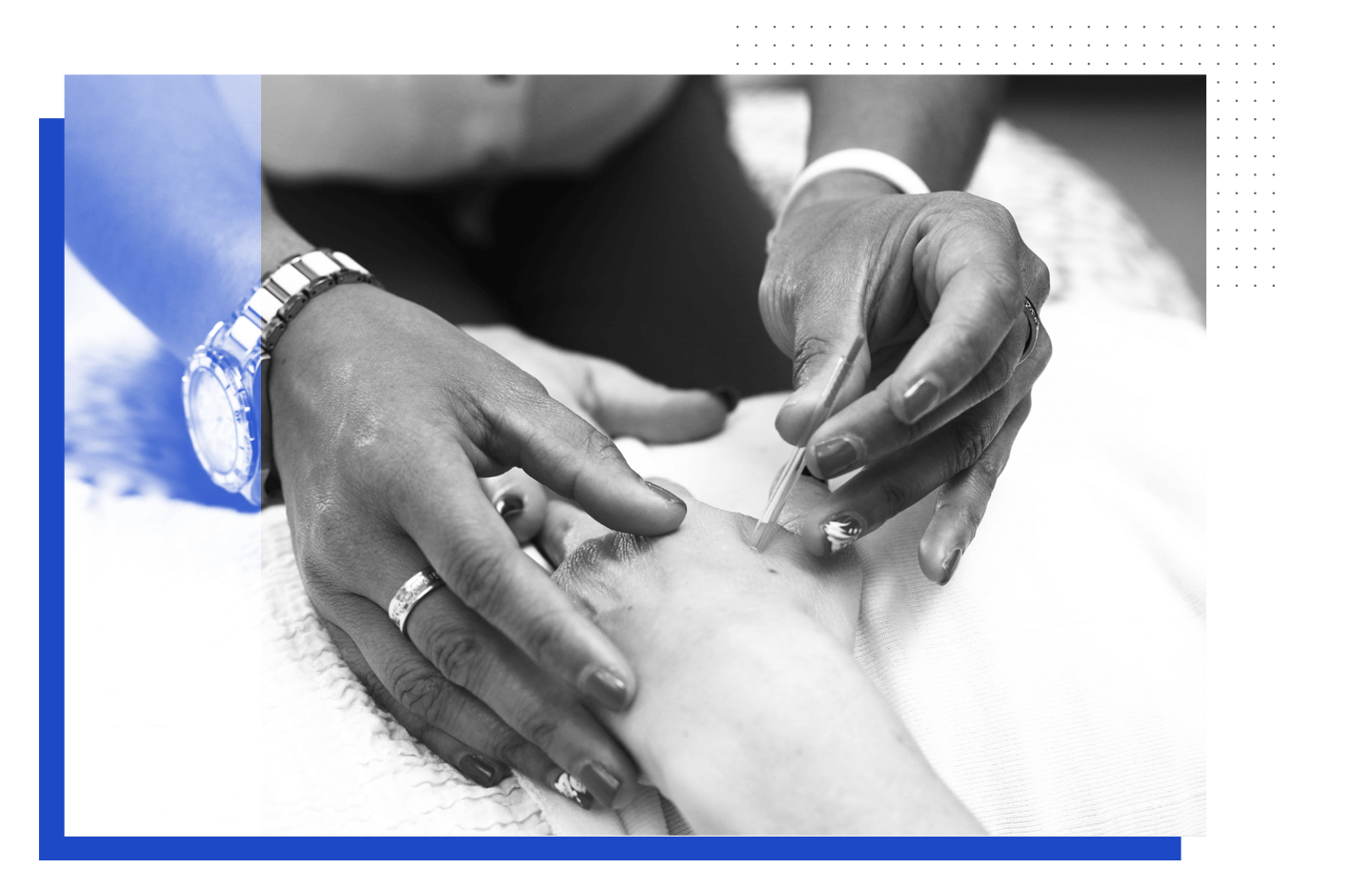
Acupuncture
Acupuncture, a key component of traditional Chinese medicine, has been found to benefit people living with cervical dystonia. It involves the insertion of small needles at specific points on the body to reduce pain, decrease nausea, release anxiety, or accomplish another purpose for the patient.
Alternative Wellness
Dystonia, by nature, is a complicated condition at every stage, from symptoms to diagnosis to treatment. In this way, and similarly to other nuanced disorders, alternative wellness practices are known to be particularly effective in regulating and reducing symptoms.
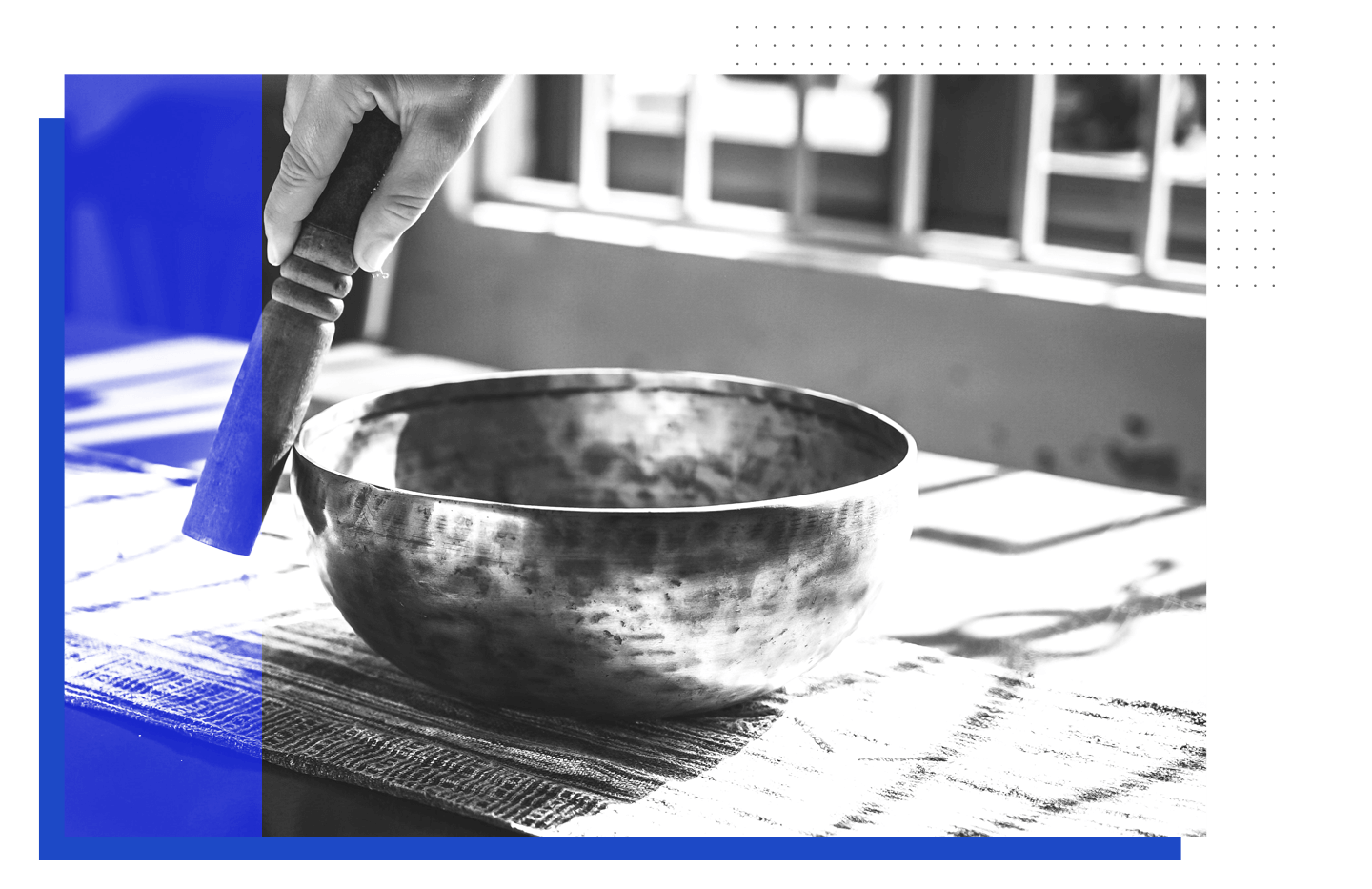
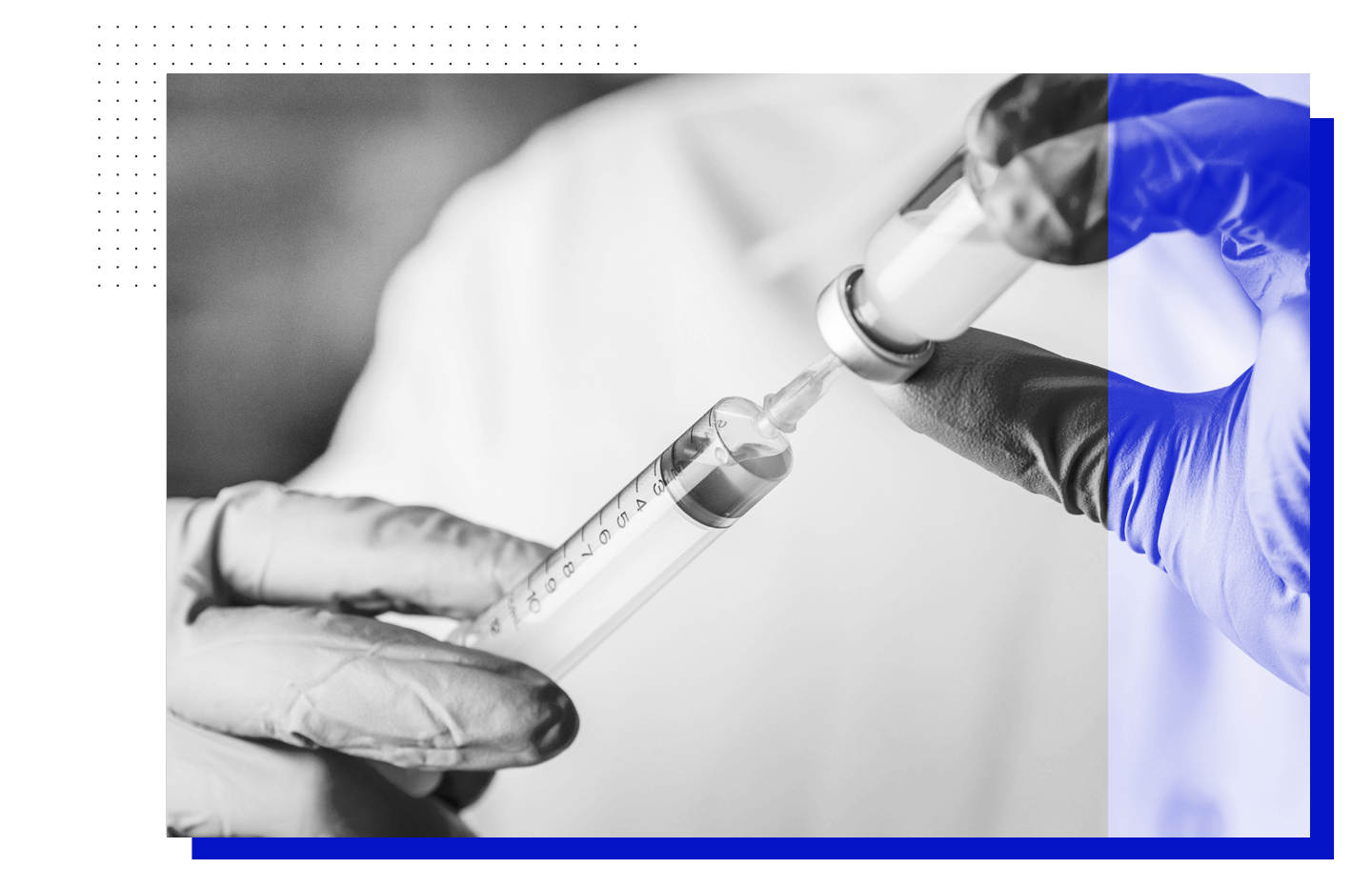
Botulinum Toxin Therapy
FDA approved botulinum toxin therapy has been used to treat dystonia, essential tremor, and other movement disorders for more than 30 years. It is commonly associated with its application in the beauty industry, and its benefits go far past smoothing unwanted wrinkles.
Breathing Techniques
Deep breathing lowers stress in the body by sending a message to your brain to calm down. There are a variety of deep breathing techniques that have documented benefits. Deep breathing benefits may include reduced stress/anxiety levels, targeted relaxation of specific muscle groups, falling asleep more quickly, and lowered blood pressure.

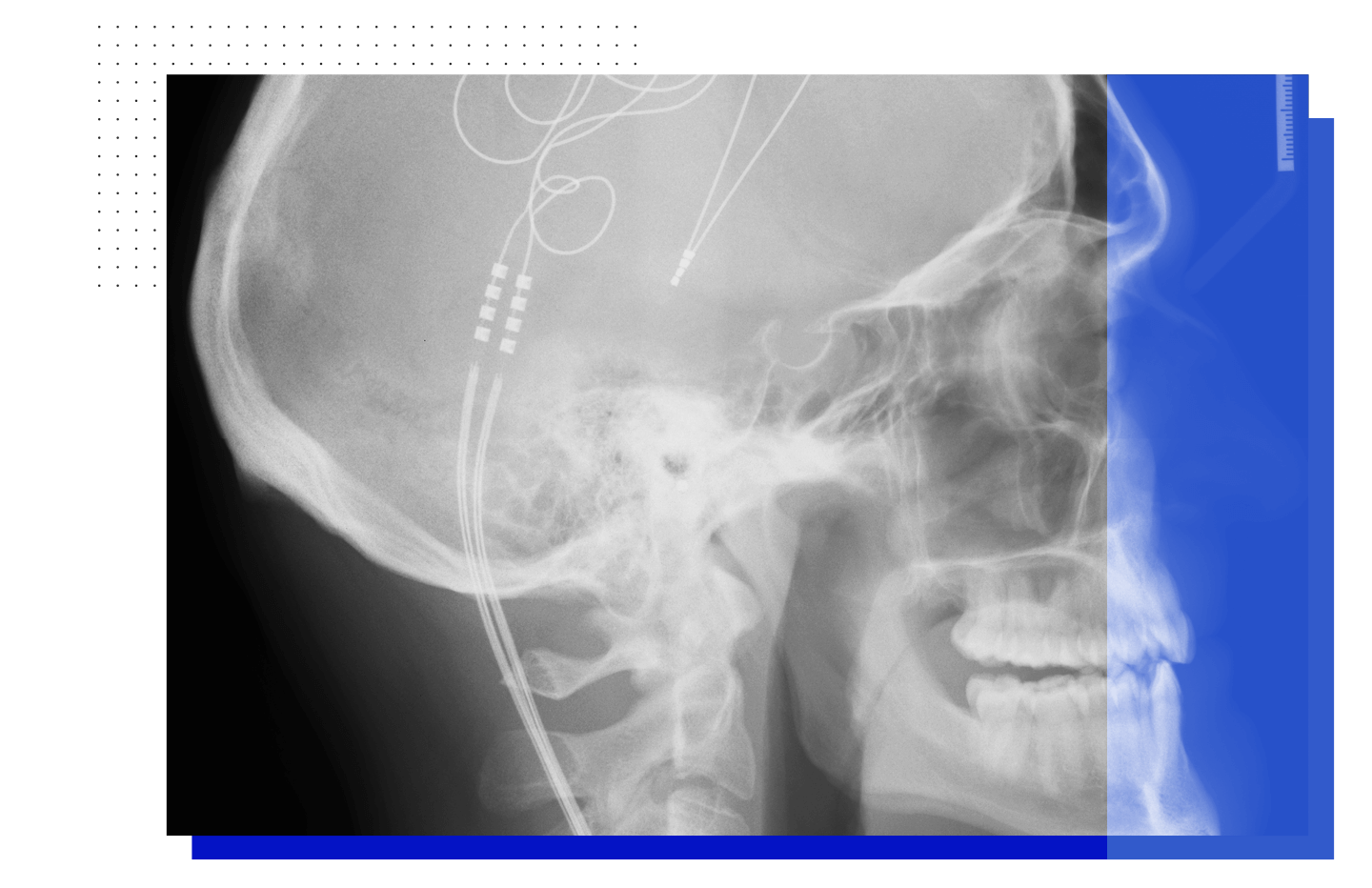
Deep Brain Stimulation
Deep Brain Stimulation, also known as DBS, is a surgical treatment of dystonia in which electrodes are strategically implanted into the patient’s brain, connected by a wire to a regulating device, also known as a neurostimulator, which is placed under the skin in their chest. The regulating device sends electrical impulses into the brain, altering how it behaves to certain chemicals and stimuli.
Exercise
Low-impact mindfully planned exercise routines can be beneficial for patients with any kind of dystonia. Pillars of the body like balance, strength, and stamina are affected by dystonia in different ways.

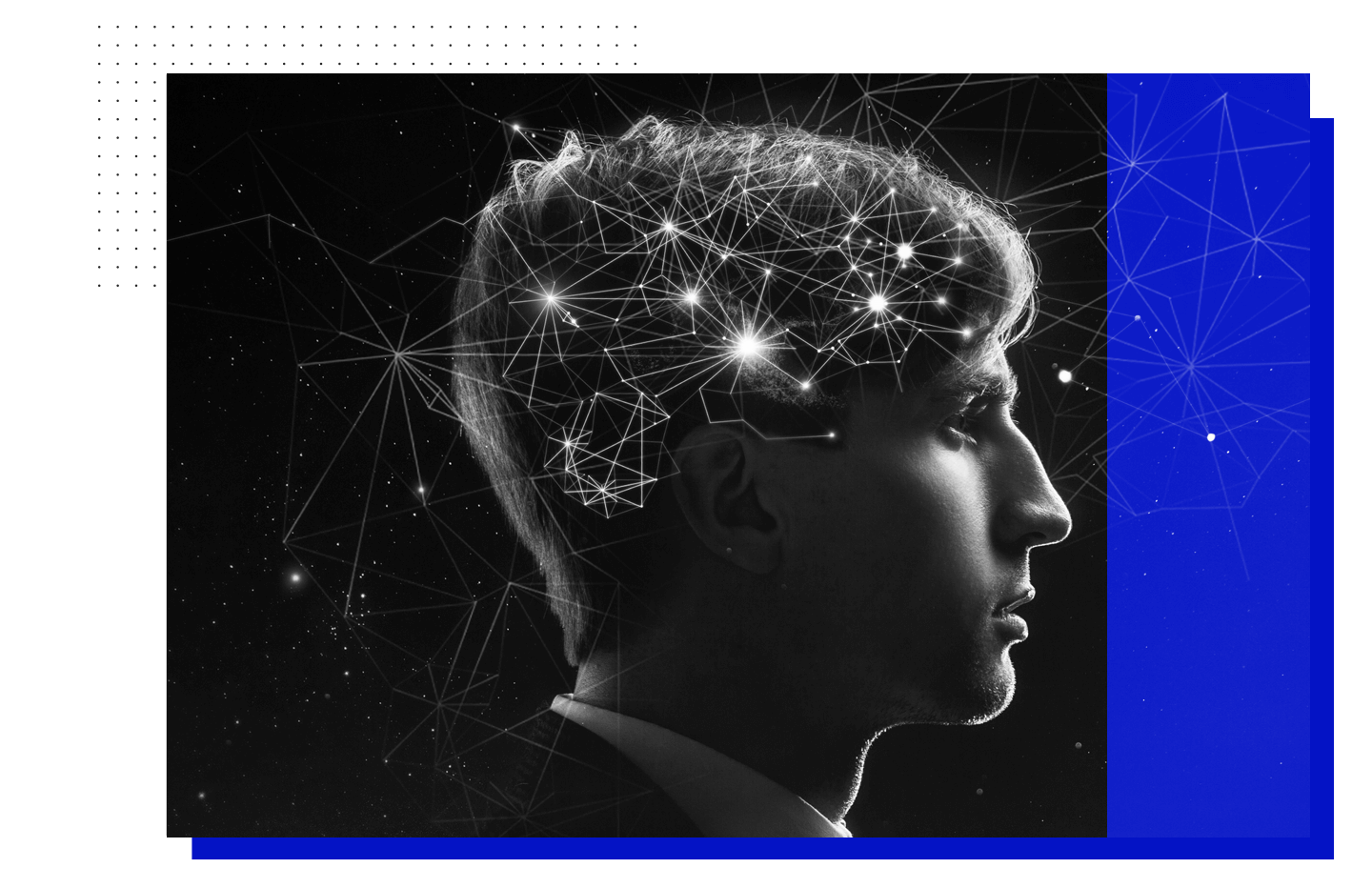
Neuroplasticity Training
Brain development does not halt during, or after, childhood. We are always learning; our brains never stop changing. This phenomenon is called neuroplasticity.
Physical Therapy
Physical therapy is provided by movement experts who optimize quality of life through prescribed exercise, hands-on care, and patient education. Physical therapists teach patients how to prevent or manage their condition so that they will achieve long-term health benefits.
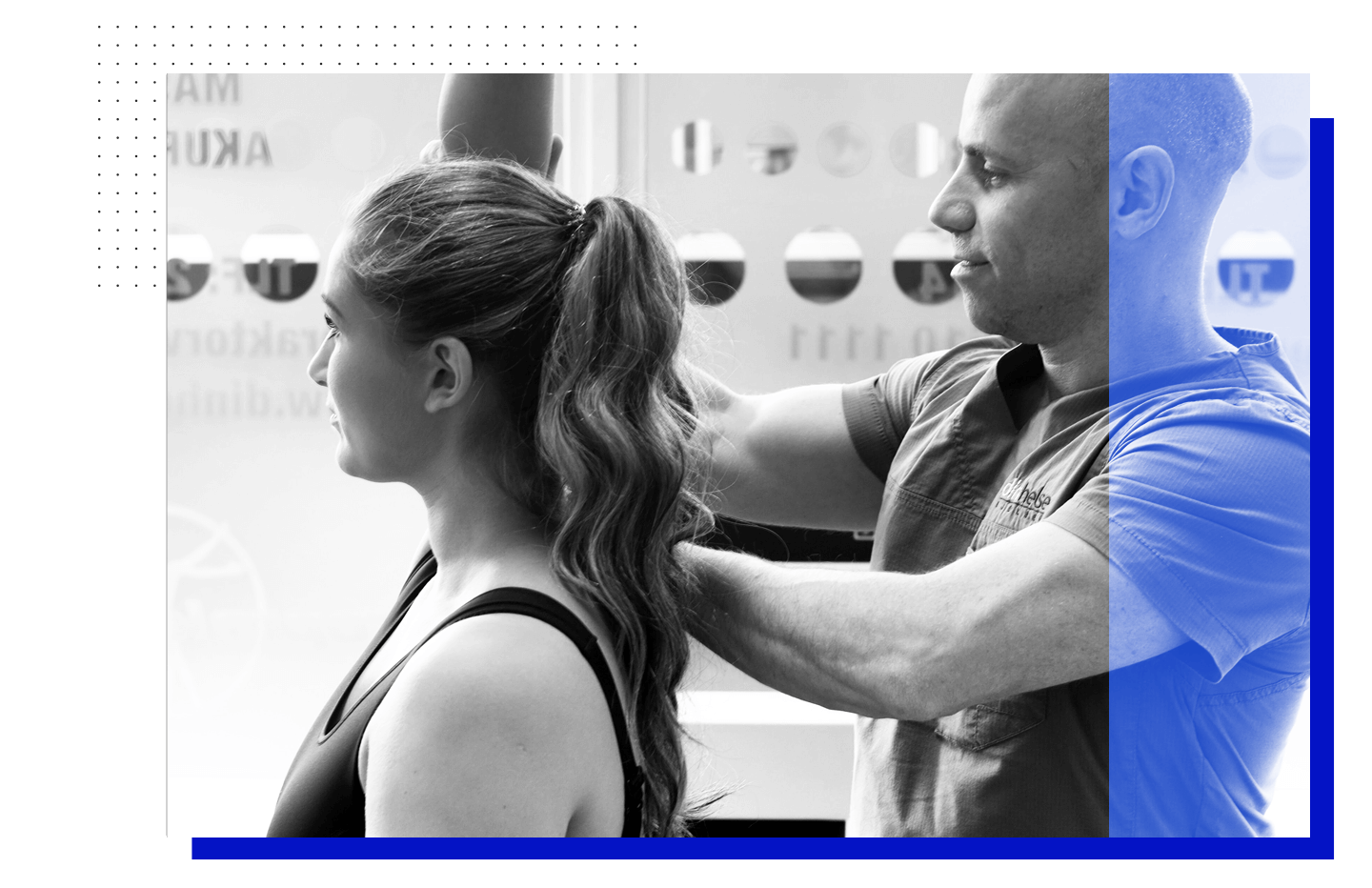
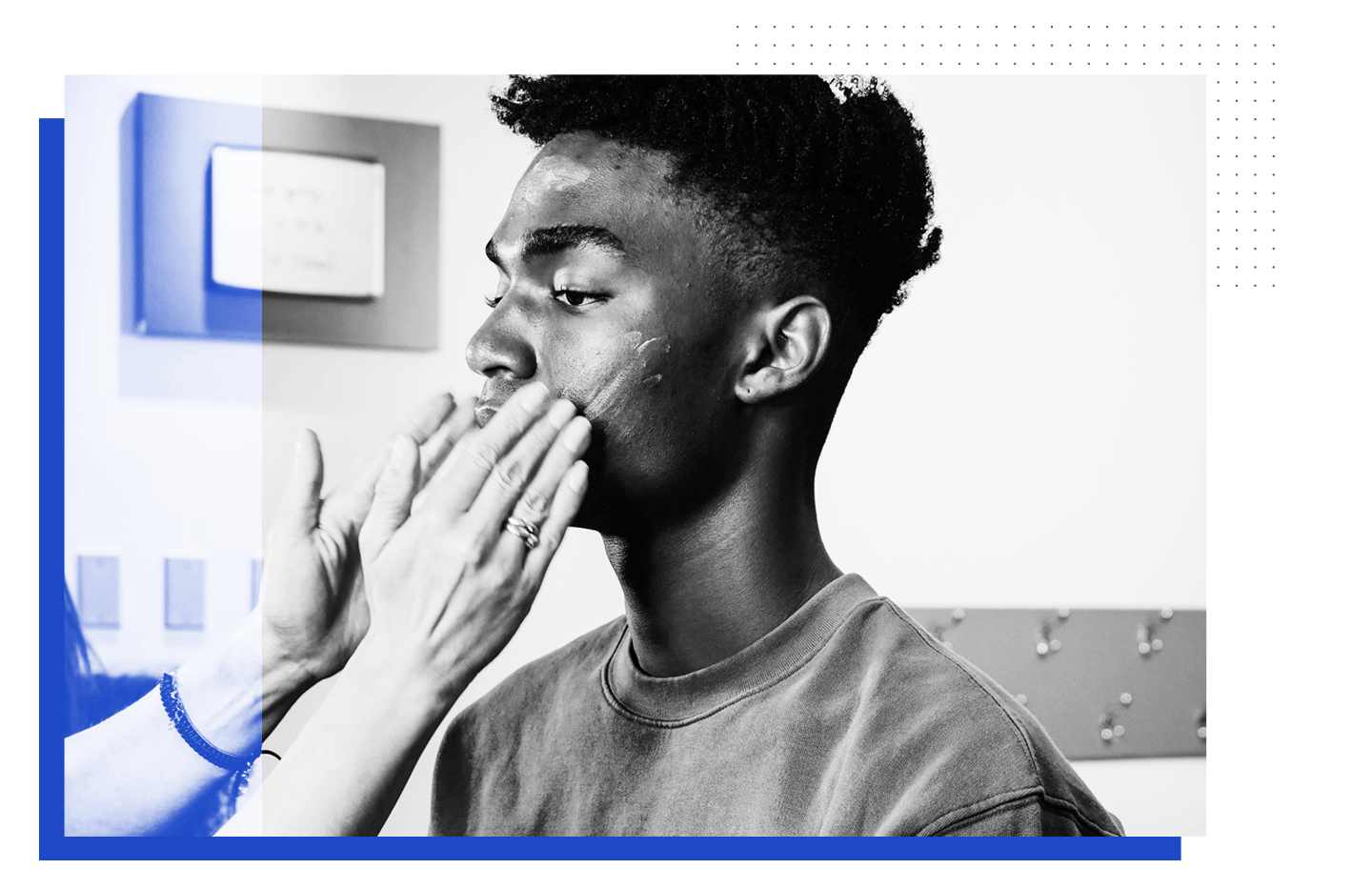
Speech Therapy
Speech disorders occur when a person is unable to produce speech sounds correctly or fluently or has problems with their voice or resonance. Speech-language pathologists (SLPs) work to prevent, assess, diagnose, and treat speech, language, social communication, cognitive-communication, and swallowing disorders in children and adults.
Yoga
There is little research on the specific benefits of yoga for people living with dystonia, but yoga is often referenced as one of the successful self-managed interventions patients seek when this question is asked during research about other interventions. There are also numerous anecdotal stories available online about the impact of yoga in the lives of people living with dystonia and similar conditions

Down with Dystonia Disclaimer
The medical information contained in this article is for general information only. It is not intended to provide instruction and you should not rely on this information to determine diagnosis, prognosis or a course of treatment. It is crucial that care and treatment decisions related to Dystonia and any other medical condition be made in consultation with a physician or other qualified medical professional.
Down with Dystonia is not responsible for the consequences of your decisions resulting from the use of this information, including, but not limited to, your choosing to seek or not to seek professional medical care, or from choosing or not choosing specific treatment based on the information. You should not disregard the advice of your physician or other qualified health care provider because of any information you receive from us. If you have any health care questions, please consult the relevant medical practitioner.